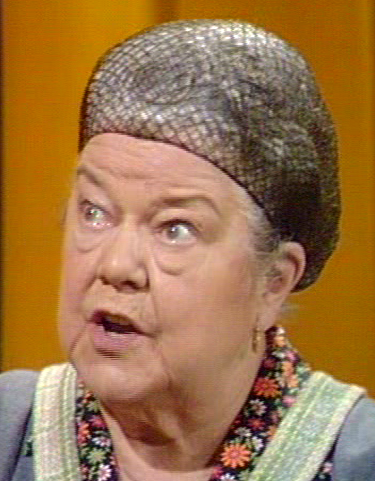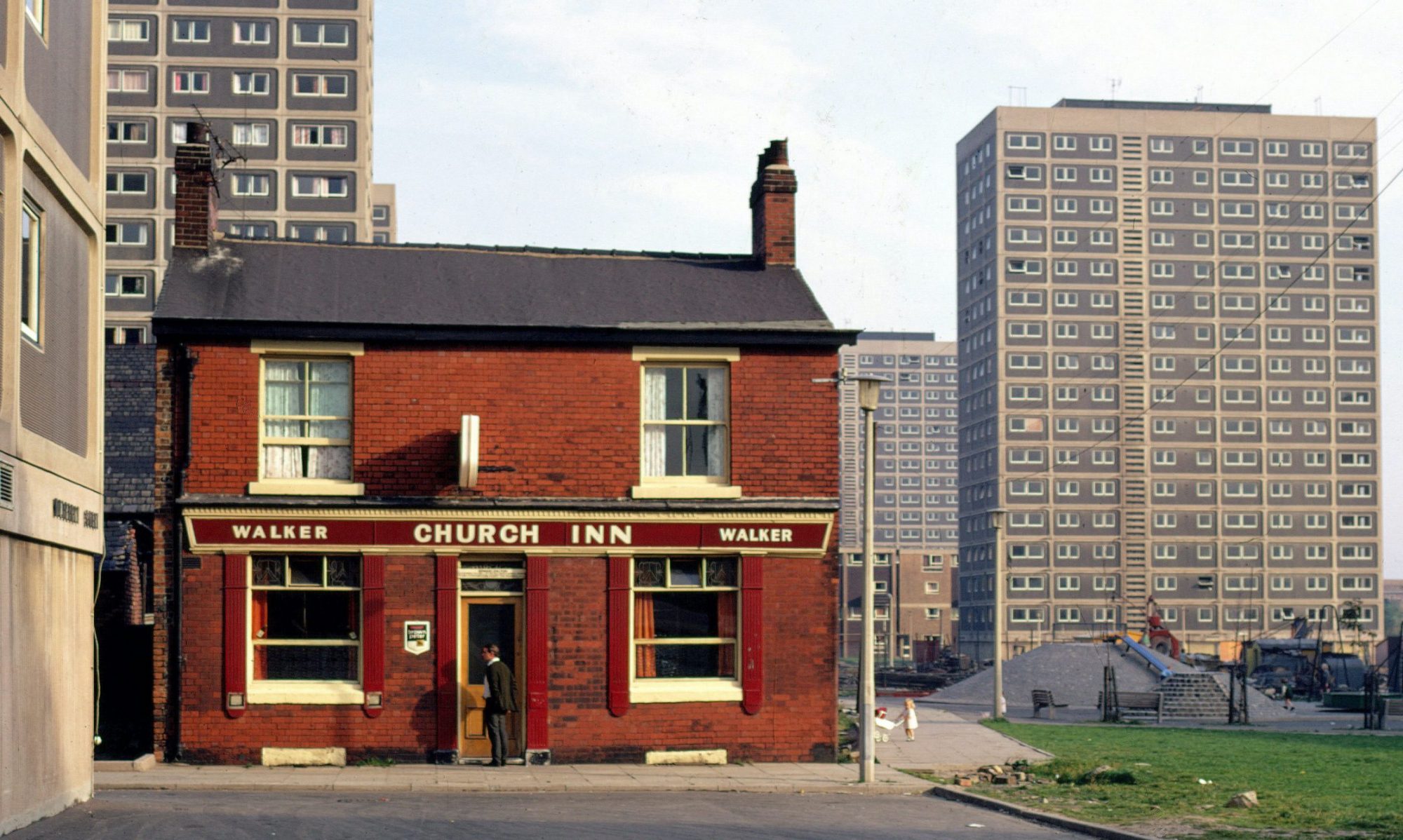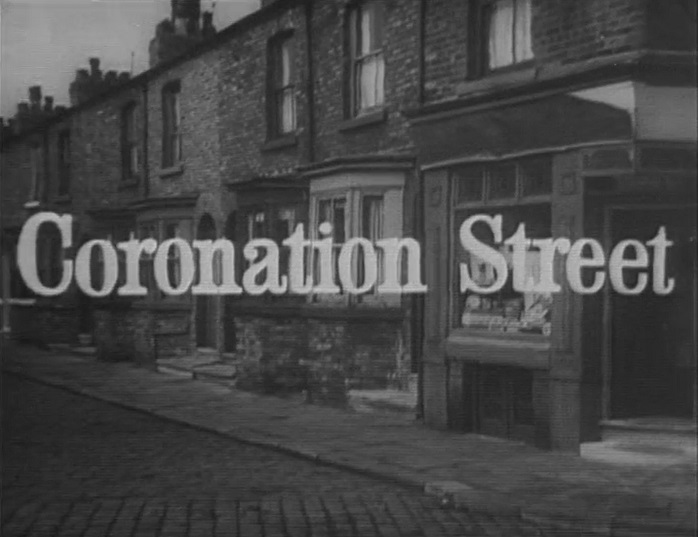The first episode of Coronation Street was shown on Friday, 9th December 1960. A year later, on December 2nd 1961 the Observer published the article “The endless Street…” marvelling over the extraordinary success of the soap opera. According to the website Corriepedia on average, each episode had drawn more than 13 million viewers in front of the TV screen. Coronation Street, was produced by Granada TV. The serial programme, addressed – and still addresses – the lives of working class people in Weatherfield, a fictional city in the North of England. It had become Britain’s most popular programme within the space of one year.
The fictitious Weatherfield was based on Salford because the creator of Coronation Street, Tony Warren, was born in Salford. He had modelled the seven terraced houses, corner-shop, Mission Hall and pub of Coronation Street on Archie Street in Ordsall.
The author of the 1961 article in the Observer – Maurice Richardson (1907-1978) – argued that it was “its effect of realism” where it scored over its TV series rivals. He found this realism in an avoidance of glamour, and sensationalism, and in the ways in which the producers concentrated on “trapping the rugged smug ambience of North-country working and lower middle class life. The narration style too was akin to the “tenacity of a parish magazine.” Indeed, fans of the series enjoyed the matter-of-fact naturalism, but its critics were concerned that “everything about it [was] craftily calculated – like those patent medicine ads that aim at elderly people’s nostalgia – to attract the largest sedentary group of the population” [Richardson, 1961].
Richardson, had authored and edited fiction, and non-fiction books and had been a member of the Communist Party until the 1950s. Since 1960 he also was the TV critic at the Observer. His explanation for the success of Coronation Street was that it had “Verisimilitude Plus.” He created this term to describe how the viewer interacted and was drawn emotionally towards the illusion played out on the screen. The effects were that individuals developed an emotional bond to objects such as set designs, or that they sought closeness to the TV series by booking Christmas parties at the Rover’s Return, applying for a rental agreement when a house became ‘vacant’ on Coronation Street, or offered Ena Sharples a new job after being sacked: “The characters have devotees who insist on believing in their reality” [Richardson, 1961].

Such sociological implications serve Richardson as proof for his Versimilitude Plus theory. He found proof in reactions to Coronation Street content by a range of organisations such as pensioners groups who comment on the lack of realism when depicting the elderly and Temperance societies who warn of the level of alcohol consumption at the Rover’s Return.
Richardson concludes: “It is difficult not to agree with the fans that this is much more like real life than most of what you see on television except the real thing” [Richardson, 1961].
When visiting YouTube and reading comments today that were left in the comment section of 1960s episodes of Coronation Street, it becomes apparent that this Verisimilitude Plus has survived across time. Many comments assure the reader that the way Coronation Street depicted life in the 1960s is just as commentators remember it and realistic. However, I cannot help but wonder which has formed our memories of the past, the real life or the TV drama when – in Richardsons words – everything about it was craftily calculated toward generating an emotional impact and viewer ratings?
Reference:
Richardson, Maurice (1961). The endless Street. The Observer. Dec 2, 1962, p. 9.


